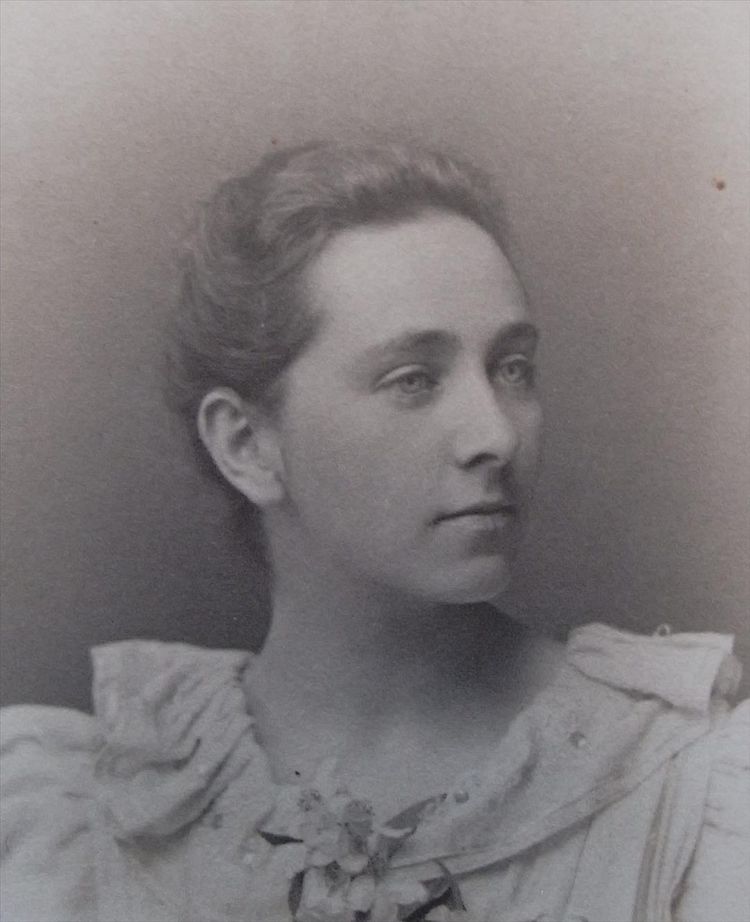In her guest blog, Physisicst Andrea Navarro-Quezada portrays one of the pionieers in medical physics.
On last year's international women’s day, I wrote about Monika Ritsch-Marte, whose research developed from theoretical physics to biophysics or medical physics, focusing on how to improve the resolution of microscopes and manipulate micrometre-sized particles for implementations in biomedical research. This year's contribution is dedicated to the woman that is considered to be the pioneer of medical physics: Edith Stoney. She was an Irish mathematician and physicist, who making use of x-ray imaging helped to save many lives during World War I.
Medical Physics
Medical physics can be defined as the use of the principles of physics in medical applications. A medical physicist works solving clinical questions and solving physical problems related to health. Their activities include many research areas such as cancer research, dosimetry, and technical medicine. But medical physics can also be concerned with improvement in patient treatment and the development of new techniques.
The most known activity where medical physicists are involved in, is radiation therapy, which was made possible by the discovery of x-ray imaging by Wilhelm Konrad Röntgen and radioactivity by Marie Curie. Currently, intensive research is being conducted in the field of ion irradiation and tumour treatment with for laser therapy. Moreover, medical physicists contribute also to areas, such as optics, acoustics, ultrasound or magnetic resonance by developing new devices, as well as software engineering, imaging and processing.

From Mathematics to X-Ray Expert during World War I
Edith Stoney was born on January 6, 1869 in Dublin, Ireland. Her father, George Johnstone Stoney, was also a prominent physicist best known for introducing the term ‘electron’ as the fundamental unit quantity of electricity. At an early age, she showed her talent for mathematics and won a scholarship to study at Newham College Cambridge, at a time where women were not awarded degrees. Because of this, she did not officially graduate. However, she was later awarded both a Bachelor and Master Degree by the Trinity College Dublin.
In 1899, Stoney got a position in charge of the physics laboratory in the London Medical School for Women, where her sister Florence had graduated four years before. Together with her sister, she later founded an x-ray service at the Royal Free Hospital. This x-ray service proved successful during World War I to localise bullets and shrapnel in wounded soldiers, facilitating the chirurgical removal of the parts and improving the healing of their wounds.
She served in dangerous war zones, even if she had often to evacuate the hospitals were she was working, because she considered that helping the wounded was her duty. For her bravery and services during World War I, she was awarded the French Croix de Guerre, Serbia’s Order of St Sava, as well as British Victory Medals.
After the war, Stoney returned to England, where she lectured at King’s College for Women. During her retirement, she and her sister travelled to India and South Africa to carry out research on osteomalacia, a disease that leads to bone softening. She died at the age of 69 in 1938.
Beyond Physics
Stoney was an active member of the women’s suffrage movement, fighting for women’s right to vote. She was appointed treasurer of the British Federation of University Women (BFUW) in 1909 and through this position engaged actively in politics. She contributed to the passing of the bill of sex disqualification (removal) act of 1919 that allowed women to exercise any public function and assume any civil profession or vocation.
After retiring from King’s College for Women, she returned to work at the BFUW, where she established two scholarships named after her father and her sister, to support women graduates of the universities of Great Britain and Ireland to carry out research overseas in biological, geological, meteorological or radiological science. Nowadays, the fellowships are awarded by the Newham College in Cambridge to medical students for going abroad.
Edith Stoney was an encouraging woman that will be remembered for her pioneering work in medical physics, her wartime bravery and her support for women’s causes. (Andrea Navarro-Quezada, 8.3.2022)
More blog posts
- X-rays: Insight into the inner structure of matter
- Yearning for an on-site physics conference
- What light reflection tells us about chocolate